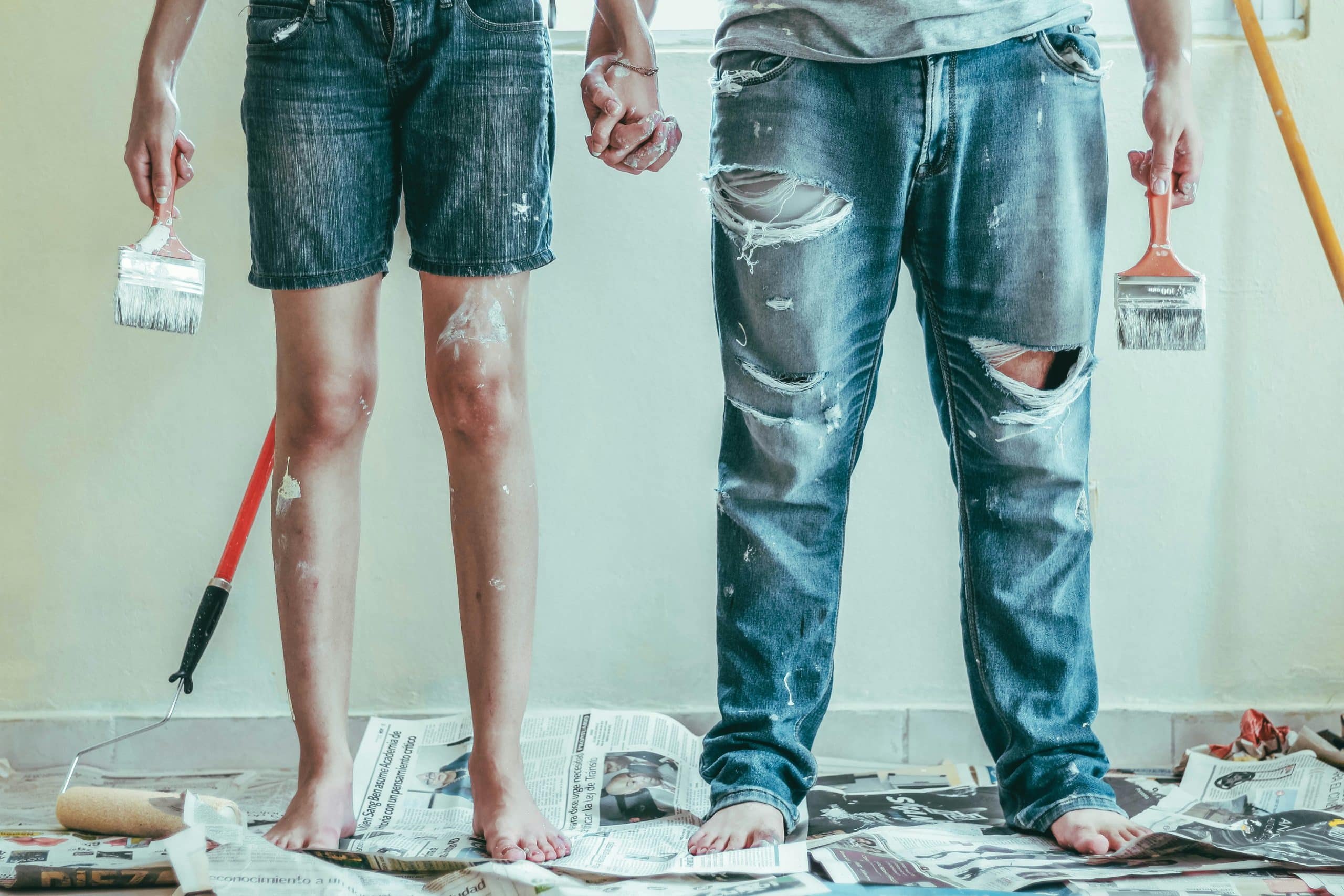What are the latest innovations in home insulation materials?

The importance of a well-insulated home resonates beyond mere comfort. It’s a matter of energy efficiency, cost savings and sustainability. The world of insulation technology has come a long way, with a variety of innovative materials offering unprecedented efficiency and adaptability. With climate change and energy costs on the rise, these innovations have never been more pertinent. From aerogel to smart insulation materials, we’ll cover some of the most exciting innovations in the sector.
Aerogel: The Lightest Solid Material
Aerogel, often referred to as ‘frozen smoke’, is one of the most compelling developments in insulation materials. Made by removing the liquid from a gel, it’s composed of 98% air, making it the lightest solid material known to exist. Its unique structure gives it remarkable insulative properties, making it a potent addition to the home insulation landscape.
Also read : Creating a wildlife habitat: attracting nature to your garden
Primarily, aerogel insulation takes the form of flexible mats or rigid panels. It boasts excellent thermal properties, significantly reducing heat transfer and improving energy efficiency. With a higher R-value (a measure of thermal resistance) than traditional insulation materials, aerogel provides superior insulation with less material.
The downside? It’s currently more expensive than traditional insulation materials like fiberglass or cellulose. However, prices are expected to decrease as the technology becomes more widely adopted and production costs are reduced.
Also to discover : How can you incorporate sustainable materials in home construction?
Spray Foam: A Versatile Option
Spray foam is another innovative material making waves in the insulation world. As its name suggests, this insulation is sprayed into place, expanding and hardening into a solid barrier. This ability to fit any space makes it a versatile option for a variety of home insulation needs.
The key to spray foam’s effectiveness lies in its ability to expand, effectively filling cracks and gaps where air leakage can occur. It forms a strong, airtight barrier, minimizing heat loss and making homes more energy-efficient.
There are two types of spray foam insulation: open-cell and closed-cell. Open-cell foam is lighter and less expensive but offers less R-value per inch. On the other hand, closed-cell foam offers higher R-value but is denser and more expensive.
Vacuum Insulated Panels: High Performance Insulation
Vacuum insulated panels (VIPs) are another high-performing insulation product. These panels comprise a core material enveloped by a thin, airtight envelope from which the air has been removed. The result? An exceptionally high thermal resistance.
Because the panels are vacuum-sealed, they prevent heat transfer by convection, and the panel’s reflective surface reduces heat transfer by radiation. This makes them up to ten times more effective than traditional insulation materials, offering unparalleled thermal efficiency.
VIPs are ideal for space-constrained applications, as they provide superior insulation with a very thin profile. Their main drawback is their sensitivity to puncture and damage, which can compromise their insulative properties.
Phase Change Materials: Smart Insulation
Phase change materials (PCMs) offer a smart way to insulate homes, effectively storing and releasing heat as required. These materials absorb heat during the day, preventing it from entering the home. At night, when temperatures drop, they release this heat, helping to maintain a comfortable temperature.
PCMs are often integrated into building materials such as plasterboard or incorporated into specially designed panels. The advantage? A more stable and comfortable indoor temperature year-round, reducing the need for heating and cooling systems.
Bio-Based Insulation: Sustainable and Efficient
Finally, an increasing focus on sustainability has led to the development of bio-based insulation materials. These materials are made from renewable resources such as straw, wood, and other plant fibers. They offer a sustainable, low-carbon alternative to traditional insulation materials while providing comparable thermal performance.
Bio-based insulation products can come in a variety of formats, including panels, rolls, and loose fill. Many of these materials also offer additional benefits like soundproofing and fire resistance. The primary challenge lies in ensuring durability and resistance to biological degradation, but advances in treatment methods are helping to overcome these obstacles.
In conclusion, the world of home insulation materials is evolving rapidly, with a range of innovative products promising greater energy efficiency, cost savings, and sustainability. These materials represent a bold new chapter in the story of home insulation, providing more effective and environmentally-friendly ways to keep our homes warm, cozy, and energy-efficient.
Sheep Wool: An Eco-friendly Solution
Sheep wool is another eco-friendly insulation material making strides in the world of home insulation. Wool possesses natural thermal insulation properties, making it an excellent choice for maintaining comfortable home temperatures.
Thermal conductivity in wool is quite low, thanks to its crimped structure that creates tiny insulating air pockets. This low thermal conductivity means that wool is able to efficiently retain heat in cold weather and keep heat out during warmer seasons.
Moreover, wool is a renewable resource and is also highly recyclable, adding to its eco-friendly appeal. It is completely biodegradable, taking only a year to decompose and provide nutrients back to the soil. This is a stark contrast to synthetic insulation materials which can take hundreds of years to decompose.
Like spray foam, sheep wool insulation can come in a variety of formats, such as rolls, batts, and loose fill. Despite its higher initial cost compared to traditional materials like fiberglass or cellulose, wool insulation offers significant energy savings over time, with its high R-value and long lifespan.
Enhancing Energy Efficiency with Advanced Insulation Technology
Given the rising threats of climate change and the increasing costs of energy, advanced insulation technologies have never been more important. They not only provide tremendous energy savings but also contribute significantly to the reduction of greenhouse gas emissions.
Innovations in insulation materials such as aerogel insulation, spray foam, vacuum insulated panels, phase change materials, bio-based insulation, and sheep wool are bringing about a revolution in the insulation industry. These advanced insulation materials offer higher R-values, adaptability, and superior energy efficiency that outmatches traditional insulation materials like fiberglass, mineral wool, or cellulose insulation.
Adoption of these advanced insulation materials also contributes to the health and wellbeing of occupants. They ensure a stable and comfortable indoor temperature year-round, reducing the need for heating and cooling systems. This not only reduces energy consumption but also helps in maintaining a healthier indoor air quality by reducing drafts and moisture problems associated with poor insulation.
Conclusion
The innovative insulation materials covered in this article represent the future of energy-efficient homes. While some of these materials like aerogel insulation and VIPs are more expensive than traditional materials, they offer superior thermal insulation properties and significant energy savings over time.
The versatility and adaptability of materials like spray foam insulation and the eco-friendly nature of bio-based and sheep wool insulation provide homeowners with a range of choices to suit different requirements and budgets.
As the technology continues to evolve and becomes more mainstream, it’s anticipated that these advanced insulation materials will become more affordable and accessible. Homeowners can look forward to a future where they can enjoy comfortable, energy-efficient homes while doing their bit for the environment. The future of home insulation looks promising, offering more effective and environmentally-friendly ways to keep our homes warm, cozy, and energy-efficient.
